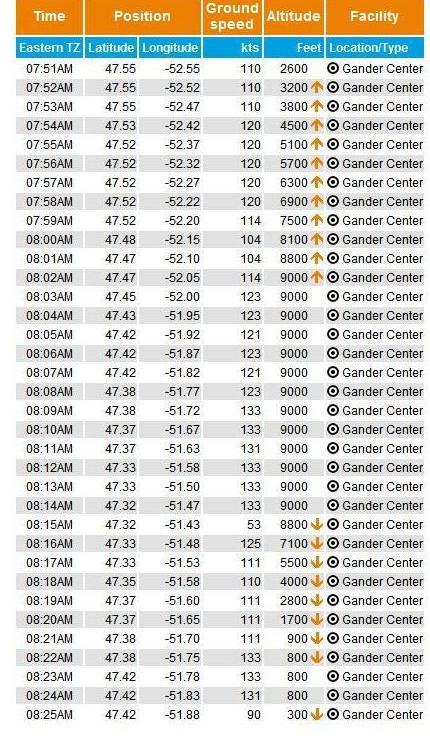The US Federal Aviation Administration (FAA) today issued a special airworthiness information bulletin (SAIB) warning Sikorsky S-92 operators that manufacturer suggested procedures for handling main gearbox emergency procedures, issued in September, are “premature” and “may not be appropriate.”
The alert follows a similar caution issued by European safety officials on Tuesday, but is more strongly worded.
“A series of service difficulties including a recent fatal accident in Canada has highlighted these procedures for review and possible revision,” the FAA writes in the SAIB, referring to the downing of a Cougar Helicopters S-92A in the Atlantic Ocean on 12 March. Pilots ditched or crashed after reporting main gearbox issues and reversing course toward land. Seventeen of the 18 onboard did not survive the event.
“The information in the Sikorsky safety advisory (SSA) was premature and may not be appropriate,” the FAA states.
That information, obtained by Flight International, was relayed by Sikorsky to operators in SSA-S92-08-006 on 26 September. The SSA points out that “some of the indications for an impending gearbox failure currently listed in the rotorcraft flight manual (RFM) are not representative of the main gearbox (MGB) performance/capability during a malfunction. As such, Sikorsky will be removing these items as indications of an impending gearbox failure."
The SSA was based on Sikorsky's investigation of “recent events” involving the S-92 MGB lubrication system. It's not clear what current indications are "not representative".
Sikorsky clearly indicates in the SSA that the revised guidance was being provided “in advance” of the RFM revision. It later states that the RFM changes would be forthcoming to “formally document (the guidance).”
That guidance includes suggestions for how to handle an impending transmission failure, which Sikorsky says can be manifested by an increase in power required at a constant collective setting; yaw kicks and unusual vibrations or unusual noise. “Multiple symptoms are a very strong indication of an impending failure,” Sikorsky adds.
“If an impending failure is suspected, the primary consideration is to land the aircraft before the failure progresses to a gearbox seizure or loss of drive to the main or tail rotor,” the SSA continues. Sikorsky writes that a “single” indication of a MGB problem (pilots receive MGB temperature, pressure and chip detection system readings) dictates that the helicopter should land “as soon as practical”. Multiple indications, Sikorsky notes, “dictate that the helicopter should land as soon as possible,” while an impending transmission failure “would necessitate that the helicopter land immediately.”
In addition to descending to an “altitude from which a landing can be quickly made with minimal power changes” if pilots suspect an impendng failure, Sikorsky also recommends flying at an airspeed “for which minimum power is required”, avoiding “rapid or frequent” changes to power, and performing descents at a reduced power setting “but with enough torque to drive the transmission.”
Flight altitude and speed data recorded by FlightAware.com for the accident flight shows that the helicopter was cruising at 2,743m (9,000ft) and 133kt (246km/h) when the “mayday” call was issued at approximately 1215h universal time. The helicopter then reversed direction and descended to 244m (800ft) over a period of about 8 min, stabilized for several minutes and then descended again at approximately 1225h.

Canadian and US investigators should have more details on the final minutes of the Cougar S-92 after information from the recovered flight data and voice recorders is downloaded. –ends-
Source: FlightGlobal.com























